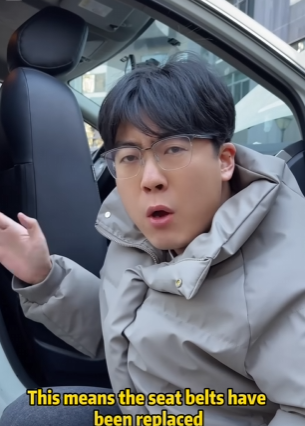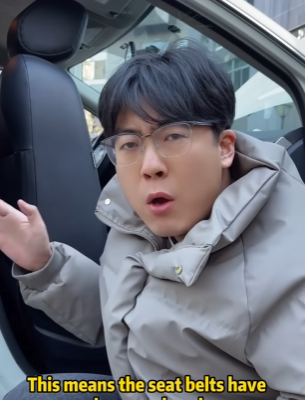
Buying a used car can be a smart financial decision, but it also comes with risks. Many buyers have fallen victim to scams, hidden mechanical problems, or overpriced deals. To ensure you get a reliable vehicle at a fair price, it’s essential to inspect the car thoroughly before purchasing. Here’s a step-by-step guide to checking a used car and avoiding common pitfalls.
1. Research the Car Before Viewing
Before meeting the seller, do some research on the car’s make and model. Look up:
- Common issues with that particular model.
- The fair market value using websites like Kelley Blue Book, Edmunds, or NADA Guides.
- Recall history on the National Highway Traffic Safety Administration (NHTSA) website.
If the price seems too good to be true, it might be a scam or indicate hidden issues
2. Verify the Vehicle’s History
A vehicle history report can reveal critical information about the car’s past, including:
- Accident history
- Odometer rollbacks
- Previous owners
- Service records
- Title status (clean, salvage, or rebuilt)
Use services like Carfax, AutoCheck, or VINCheck to get a detailed report. Avoid cars with salvage titles or a history of major accidents.

3. Perform a Visual Inspection
When you see the car in person, examine it carefully:
- Body and Paint: Look for dents, scratches, rust, and color inconsistencies that might indicate repainting (a sign of previous damage).
- Tires: Check for uneven wear, which may indicate alignment or suspension problems.
- Glass and Lights: Look for cracks or fogging in headlights and windows.
- Under the Car: Look for fluid leaks, rust, or signs of frame damage.
4. Check Under the Hood
Pop the hood and inspect the engine and its components:
- Oil condition: Pull out the dipstick; clean oil should be golden brown, while dark, sludgy oil may indicate neglect.
- Coolant: The coolant should be bright green, orange, or pink (depending on the type). A milky color could signal engine problems.
- Belts and hoses: Look for cracks, fraying, or leaks.
- Battery: Check for corrosion or loose connections.
- Leaks: Look under the car for oil, transmission fluid, or coolant leaks.
5. Inspect the Interior
The condition of the interior can reveal a lot about how the car was maintained:
- Seats and upholstery: Check for tears, stains, or excessive wear.
- Dashboard warning lights: Turn on the ignition and see if any warning lights stay on.
- Odometer reading: Compare the mileage with the car’s age; unusually low mileage could indicate tampering.
- Electronics: Test the air conditioning, heater, radio, power windows, and all other features

6. Take It for a Test Drive
A test drive is one of the most crucial steps in assessing a used car. Pay attention to:
- Engine performance: It should start smoothly and run without unusual noises.
- Steering and handling: The car should drive straight without pulling to one side.
- Brakes: Test braking at different speeds. Listen for squeaking, grinding, or vibrations.
- Transmission: The gear shifts should be smooth without jerking or hesitation.
- Suspension: Drive over bumps and listen for clunks or rattles.
7. Check for Flood or Fire Damage
Flood and fire-damaged cars often end up back on the market. Watch for:
- Moldy or musty smell inside
- Rust around bolts, hinges, or under the carpet
- Water stains on seats or trunk
- Melted or warped plastic under the dashboard
8. Get a Professional Inspection
Even if the car looks good to you, hire a trusted mechanic to inspect it before making a deal. A mechanic can detect hidden issues that could be costly down the road.

9. Negotiate the Price
If you’ve found issues, use them as leverage to negotiate a better price. Research comparable cars in your area to ensure you’re getting a fair deal.
10. Verify the Paperwork
Before completing the purchase, ensure all paperwork is legitimate:
- Title: The seller should have a clear title with no liens.
- Bill of Sale: Get a signed bill of sale stating the agreed price.
- Registration and insurance records: Verify past ownership and mileage records.

Final Thoughts
Buying a used car can be a great investment if you take the time to inspect it properly. By following these steps, you’ll reduce the risk of buying a car with hidden problems and avoid getting cheated. Always trust your instincts—if something feels off, walk away and find another option. Happy car hunting!



